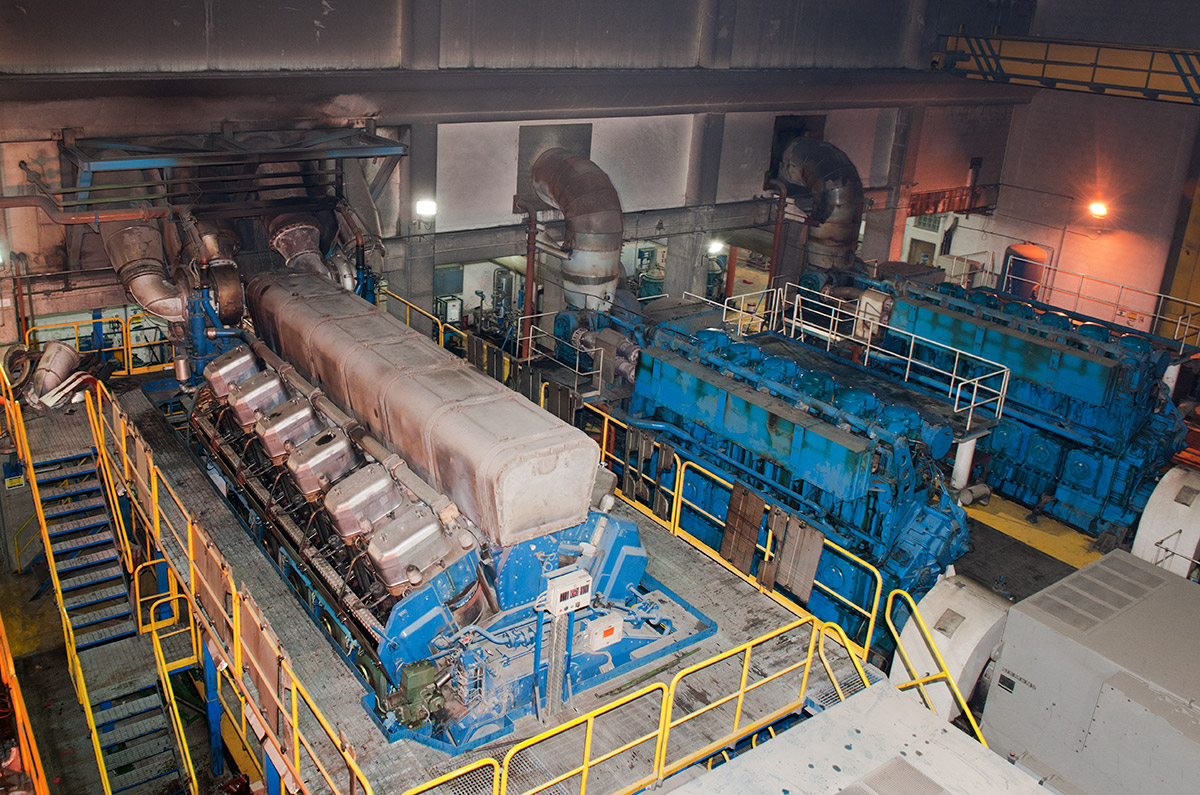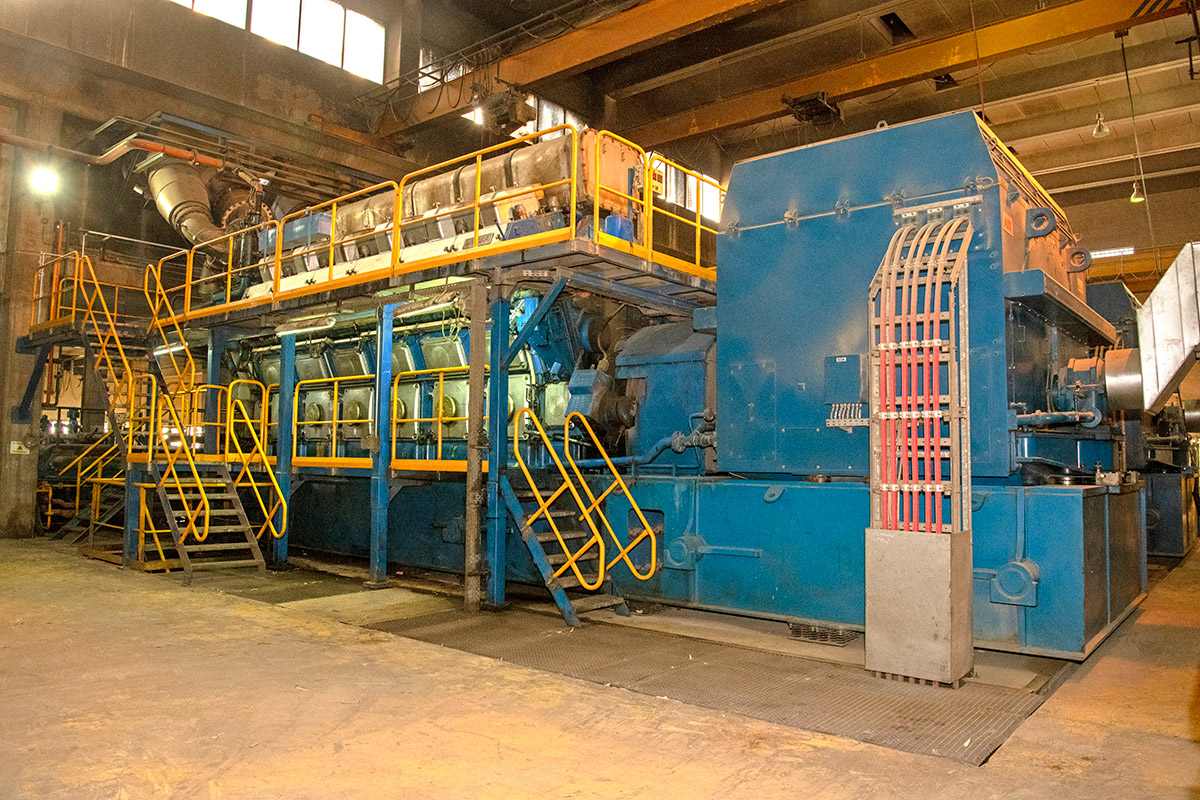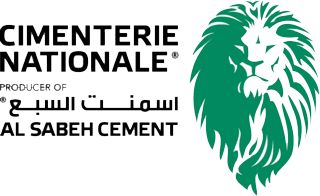Manufacturing Facilities
Power Generation
-

Heavy Fuel Oil (HFO) fired power plant in Chekka is a type of power plant that makes use of the combustion of HFO using reciprocating engines in order to generate electricity to fulfill the requirement of 42 MW needed for the full production capacity of cement.
- Fueled by its own imported highly-specified and highly-treated first grade HFO with treated collected sludge that is fully recycled within its pyro-process (the clinkerisation phase)
- Cooled by treated seawater with a treated discharge to sea to continuously meet the national requirement directives
The power plant nominal production capacity is 46 MW and the second largest after Kadisha (part of Electricity Du Liban– EDL) in the North. It consists of 8 high-efficiency reciprocating engines, and is:
In terms of energy consumption, the current power demand at the plant amounts to 42 MW and is mostly supplied through both its power generation plant, with a maximum output of 33 MW and with up to 17 MW of energy contributed by EDL through the Kadisha plant.
The Power Generation Plant runs on highly selected Grade of Heavy Fuel Oil (HFO) with a sulfur content of <1.5% and consists of:
- 2 Wartsila engines with a nominal output capacity of 11.3 MW each
- 2 New MAK engines with a nominal output capacity of 7.2 MW each
- 2 Old MAK engines with a nominal output capacity of 2.8 MW each
- 2 Old MAK engines with a nominal output capacity of 2.0 MW each.
-

The latter scheme makes for a critical source of electricity for the plant; the above engines have to run constantly with a load varying between 65-85% depending on the plant consumption requirement and the availability of the Kadisha grid. Currently, the average distribution of power supply among the various sources is 7 to 8.5 MW from each Wartsila generator, 5 MW from each New MAK generator, around 6 MW from the rest of the Old MAK engines and up to 17 MW from the Kadisha grid.
The engines’ flue gas emissions are fully controlled to meet the manufacturer requirement, in addition to those of the IFC and the World Bank. A strong collaboration between the Ministry of Environment and CN is ongoing to always ensure compliance with the national directives for air and water, which are currently being reviewed in order to reflect the international norms and mitigation requirements.
The management of our Power Generation is fully committed to protecting the environment and ensuring the integration of environmental considerations and abatement measures in their day-to-day operation. This also extends to the design of their future projects to assure sustainable full compliance with the National directives, which are communicated with both the concerned ministries and local authorities.
